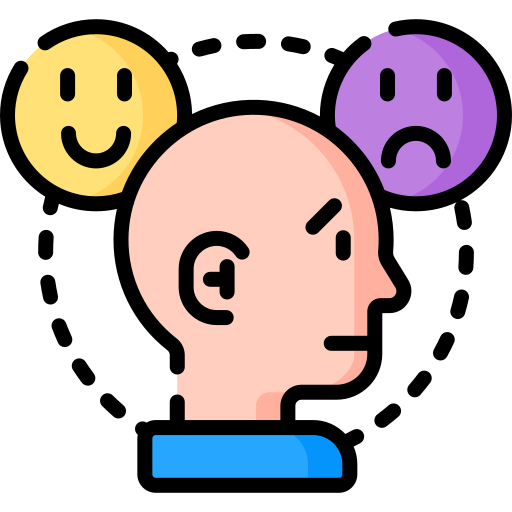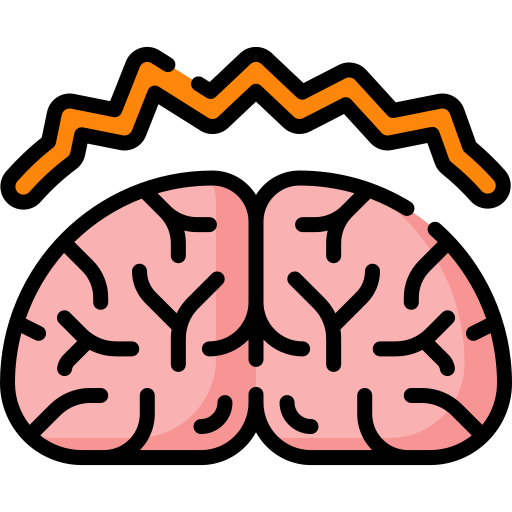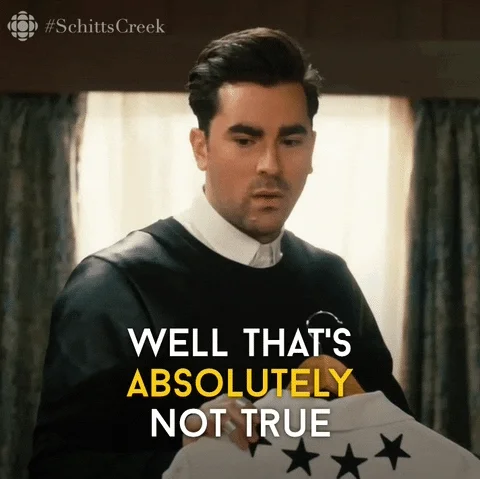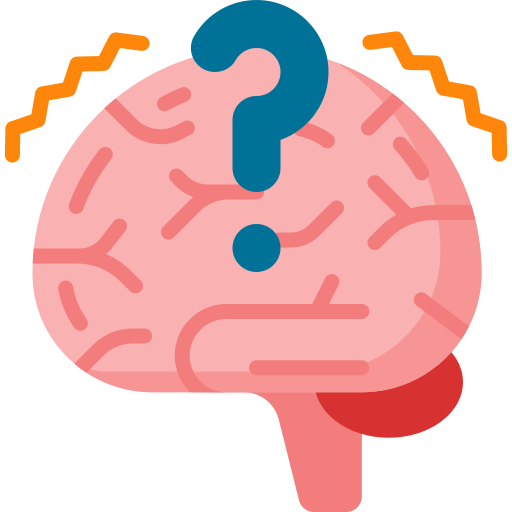
This logo isn't an ad or affiliate link. It's an organization that shares in our mission, and empowered the authors to share their insights in Byte form.
Rumie vets Bytes for compliance with our
Standards.
The organization is responsible for the completeness and reliability of the content.
Learn more
about how Rumie works with partners.
Do you ever have negative thoughts about yourself?
 If you said yes, then that is completely normal!
If you said yes, then that is completely normal!
It's what you do with those thoughts that matter, and cognitive defusioncan help!
Cognitive Fusion vs Cognitive Defusion
Negative thoughts, such as...
"I'm not good enough."
"I have no friends."
"I'm not attractive/thin/interesting enough for people to like me."
...don't serve our mental wellbeing.
 Photo by Adrian Swancar on Unsplash
Photo by Adrian Swancar on UnsplashWhen we get stuck on these thoughts and begin to believe them, this is called cognitive fusion. We begin to act as if these negative thoughts are facts.
The opposite of cognitive fusion is cognitive defusion.
Cognitive defusion is detaching from a thought when it’s unhelpful or stands in the way of doing things that bring wellbeing.
Quiz
Which negative thoughts are NOT based on facts? Select all that apply.
The only thought based on fact is "I ran this race slower than my last race." The time it took you to run each race is a fact. The other thoughts are negative thoughts that are judgments of yourself.
Benefits of Cognitive Defusion
Cognitive defusion techniques allow you to:
There are 4 ways you can practice cognitive defusion and be mindful of your negative thoughts.
#1: External Voice
Instead of: ❌
"I'm not good enough to do this."
Say: 🌟
"I'm having the thought that I'm not good enough to do this."
#2: Notice and Step Back
Notice when you have a negative thought that keeps replaying in your mind.
Thought: "I'm not good enough for this."
Notice: "I'm noticing a thought that I'm not good enough for this."
Step Back: "I’m noticing I’m just having a thought that I'm not good enough for this."
Step Back Further: "I'm noticing that I'm just having another critical thought."

#3: Thank Your Brain
Your brain isn't always able to distinguish between what's true and what isn't, so it can start to believe lots of negative thoughts.
By labeling your negative thoughts as thoughts, you can help your brain distinguish between fact and fiction.
Which Technique?

Riya is a university student who is feeling anxious while she's waiting to take her final exam. She notices that she keeps having negative thoughts about her ability to pass the exam, which is making her feel more anxious.
Which cognitive defusion technique could Riya use to manage her negative thoughts?
Quiz
Which cognitive defusion technique should Riya try?
This quick technique can help her observe her thoughts more objectively in the moment and reduce their impact on her emotions and behaviors.
Take Action
Notice your negative thoughts and how they make you feel or act.
This Byte has been authored by
Emily Friemann
Elementary Literacy Coordinator









